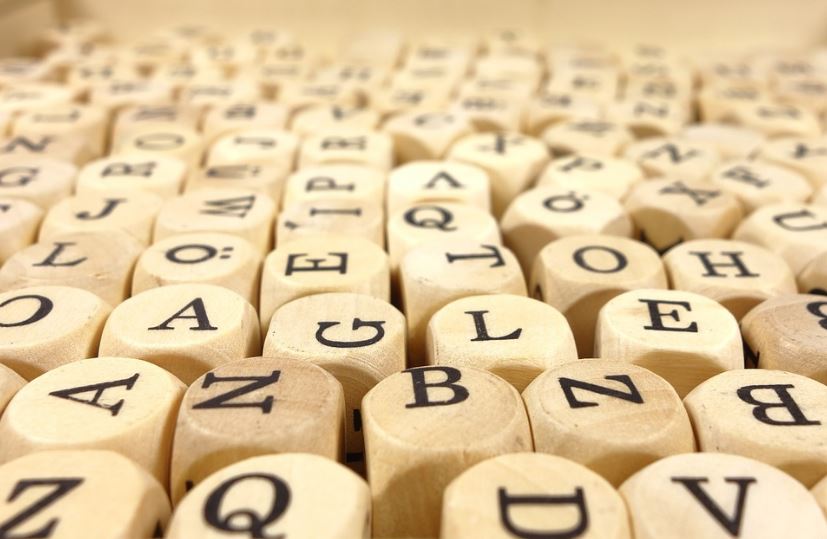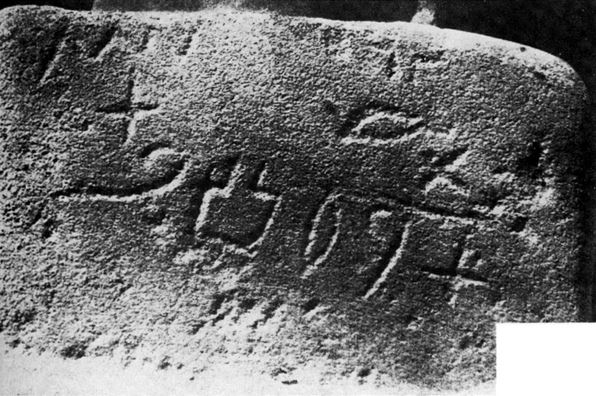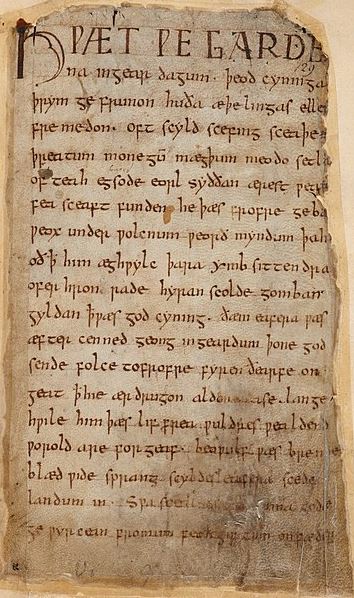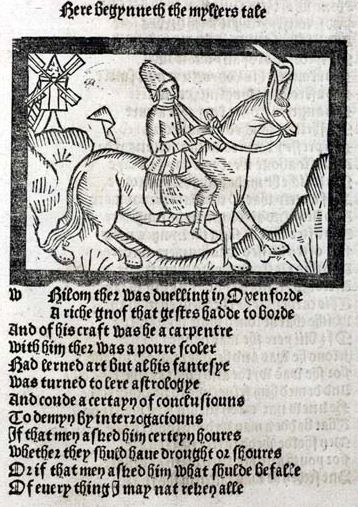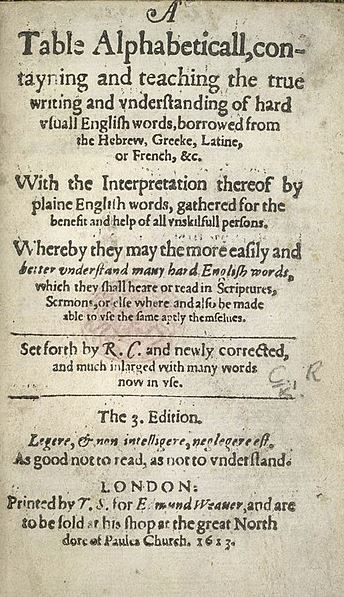The modern Western alphabet, which we use to write English, French, German, and many other languages today, is so common that we take it for granted. But have you ever thought about how this writing system came to be? The tale of the contemporary Western alphabet’s creation is a fascinating voyage through time and space, covering the impact of ancient civilizations, the alphabetical order, and the evolution of language itself. We will look at the origins and evolution of the present Western alphabet, from the earliest known writing systems to the complex and diverse collection of letters we use today. Prepare to learn about the intriguing history of the alphabet!
The Emergence of the First Alphabet System
The present Western alphabet’s history begins roughly four thousand years ago, with the emergence of early alphabetic writing systems. Many academics believe that the first alphabet was formed in Egypt between 1800 and 1900 BC as a Proto-Sinaitic (Proto-Canaanite) writing system. However, this early form of writing was not well recognized, and it was the Phoenicians over 700 years later who established the first widely used alphabet.
The Phoenician alphabet was based on the previous Proto-Sinaitic alphabet, although it only included 22 letters, all of which were consonants. This straightforward yet efficient writing system was used throughout the Mediterranean, encompassing southern Europe, North Africa, the Iberian Peninsula, and the Levant.
By introducing vowels to the Phoenician system about 750 BC, the Greeks made a fundamental contribution to the creation of the alphabet. This breakthrough was considered the first genuine alphabet since it enabled a more flexible and varied writing method. The Etruscans embraced the Greek alphabet, adding characters such as S and F.
The old Latin script evolved as a derivation of the Etruscan alphabet during the third century BC. The Latin script, however, lacked numerous letters found in the Greek alphabet, including G, J, V/U, W, Y, and Z. The Latin script grew and developed over time into the Roman alphabet, which the Roman Empire used to write Latin and other languages.
The Influence of the Roman Empire
When the Roman Empire expanded its territory and reached Britain, it brought not only a military force but also language and culture with it. Latin replaced the older Celtic languages prevalent in the region as the language of administration, trade, and education in Britain. However, the impact of Latin on the English language was not immediate since Britain at the time was ruled by the Anglo-Saxons, a Germanic people that spoke Old English.
The Birth of the Old English
The present English alphabet evolved over centuries of adaptation and evolution. The current English alphabet was formed by combining the Latin alphabet and the Futhorc runic script. The Anglo-Saxons began this process by adopting the Latin script while still using their native runic alphabet.
The introduction of the letters ‘thorn’ and ‘wynn’ in the Futhorc alphabet was one of the Futhorc alphabet’s key contributions to the present English alphabet. Thorn was a letter that represented the missing ‘th’ sound in the Latin alphabet. It was denoted by the sign ” or ”. Wynn, on the other hand, indicated a ‘w’ sound not found in the Latin alphabet. It was denoted by the sign ” or ”. The letter ‘thorn’ was subsequently replaced by ‘th,’ while the runic ‘wynn’ became ‘uu,’ which later developed into ‘w.’
The letters ‘j’ and ‘u’ were added to the English alphabet during the Middle Ages. Prior to this, the letter ‘i’ was used to represent both the ‘i’ and ‘j’ sounds, while the letter ‘v’ represented both the ‘v’ and ‘u’ sounds. The letter ‘j’ had been universally recognized as a distinct letter by the 17th century. Similarly, by the 18th century, the letter ‘u’ was recognized as unique.
There are various letter combinations and symbols present in addition to the 26 letters of the contemporary English alphabet. The letter combination ‘æ’ signifies a single sound and is found in words such as ‘aesthetic’ and ‘encyclopaedia.’ The term ‘œ’ is also used in other words, such as ‘uvre,’ Finally, the ampersand (&) sign is occasionally used in the alphabet, although it is not considered a separate letter.
The Norman Conquest of England and the Middle English
England’s Norman Conquest in 1066 AD was a watershed point in English history. Under the leadership of William the Conqueror, the Normans, who were of Viking heritage and had settled in the French area of Normandy, invaded England. The common people of England spoke Old English during the period, whereas intellectuals, clergy, and nobles wrote and talked in Latin or Norman.
During the Norman period, English fell out of favor, and Latin became the primary language of literature, church, and governance. However, the Normans gradually adopted aspects of the English language, and a version called Middle English arose. The Norman ruling class’s French language profoundly affected this new version of English. On the other hand, the ordinary people’s language remained essentially intact.
Writing in English became fashionable again after two centuries of Norman dominance. The language underwent considerable changes during this period, and several Old English letters were dropped. For example, the letter ‘yogh,’ which denoted a sound comparable to the ‘y’ in ‘yes,’ was progressively phased out of use. Other letters no longer required, such as ‘thorn’ and ‘wynn,’ were also dropped from the alphabet.
Geoffrey Chaucer created his classic book ‘The Canterbury Tales’ during this period of Middle English. Chaucer’s language is classified as Middle English, yet it is more understandable than previous forms of the language. Chaucer’s use of English was crucial in establishing English as a literary language in its own right.
How the Modern English Come into Being
When William Caxton’s introduced the printing press to Great Britain in the 15th century, it altered the way books were created and delivered. Literacy rates in England began to grow as a result of the capacity to create huge quantities of books rapidly and cheaply, and the English language became more standardized.
The English alphabet saw some alterations throughout this period. The letters V and U, which had previously been used interchangeably, were separated. V was recognized as a consonant, but U was only used as a vowel. This modification helped to clarify word pronunciation and made written English simpler to read.
Robert Cawdrey wrote “A Table Alphabeticall” in 1604, the earliest English dictionary. This book contained over 3,000 terms and meanings and was meant to assist those learning to read and write English. The release of this dictionary was a significant milestone in the evolution of the English language since it contributed to the standardization of spelling and use.
The addition of the letter J to the English alphabet was another significant alteration during this period. Prior to the 17th century, the letter I denoted the sound that we now connect with the letter J. However, as the language evolved, it became evident that this sound needed to be represented by a different letter. By altering the letter I, the letter J was born and quickly became a permanent part of the English alphabet.
How We Got the “Alphabetical Order”
The alphabet’s letter arrangement has a long history that dates back to prehistoric times. The oldest documented evidence of letter order comes from the 14th-century BCE village of Ugarit on Syria’s northern coast. There are nearly a thousand cuneiform signs on the tablets, with just thirty unique letters. Among them, there were twelve tablets that have the signs arranged alphabetically and two orders have been discovered: one that is virtually equivalent to the order used for Hebrew, Greek, and Latin and the other that is extremely similar to the order used for Ethiopian.
The Proto-Sinaitic alphabet, from which the Phoenician alphabet evolved, most likely included an unknown number of letters in an unknown sequence. The Phoenician alphabet contained 22 letters in an ABGDE order, but the South Arabian alphabet had 29, and the Ugaritic alphabet had 27 consonants in both the Phoenician and HMLQ orders.
The letter names in the Phoenician script were preserved throughout its successors, which included the Samaritan, Aramaic, Syriac, Arabic, Hebrew, and Greek alphabets. However, in Tifinagh, Latin, and Cyrillic, letter names were mostly abandoned. The letter sequence was mainly preserved in Latin, Armenian, Gothic, and Cyrillic but abandoned in Brahmi, Runic, and Arabic, while a conventional abjadi order persists or was reintroduced as an alternative in the latter.
Alphabet Systems that Did Not Originate from Canaanite
While many current alphabets may be traced back to the Canaanite alphabet, numerous others have distinct letter shapes. Despite being fashioned after Arabic and other existing alphabets, the Maldivian script is unusual because it draws letter shapes from numbers. Similarly, the Korean Hangul, founded in 1443, is letter-form independent.
In several situations, the requirement to represent a previously unwritten language drove the development of new alphabets. Osman Yusuf Kenadid’s Osmanya alphabet, designed for Somali in the 1920s, looks to be a full invention in its letter formations. For example, the Santali alphabet of eastern India is based on traditional symbols and pictographs developed by its originator.
Other alphabets have more enigmatic origins. Both the Zhuyin phonetic alphabet and the Japanese Kana are based on Chinese letters. Meanwhile, the early medieval Irish Ogham system was made up of tally marks, while the Old Persian Empire utilized an essentially alphabetic cuneiform script with letter shapes devised expressly for the occasion.
Despite several distinct alphabets, the Canaanite alphabet remains the foundation of most current alphabets. Over time, its development has evolved in several diverse alphabets, each with its own specific features and advances.

Overall, the present Western alphabet evolved from the ancient Phoenician script to the sophisticated writing system we know today over a lengthy and complex time. Various cultures, languages, and historical events have had important roles in developing the alphabet into its current shape. The evolution of the Western alphabet has been a continuous process that has adapted to the requirements and demands of society throughout time, from the Greek adoption of the Phoenician alphabet to the inclusion of additional letters such as J and U and the effect of printing press technology. As we continue communicating through the written word, we may appreciate the alphabet’s rich history and diversity.

